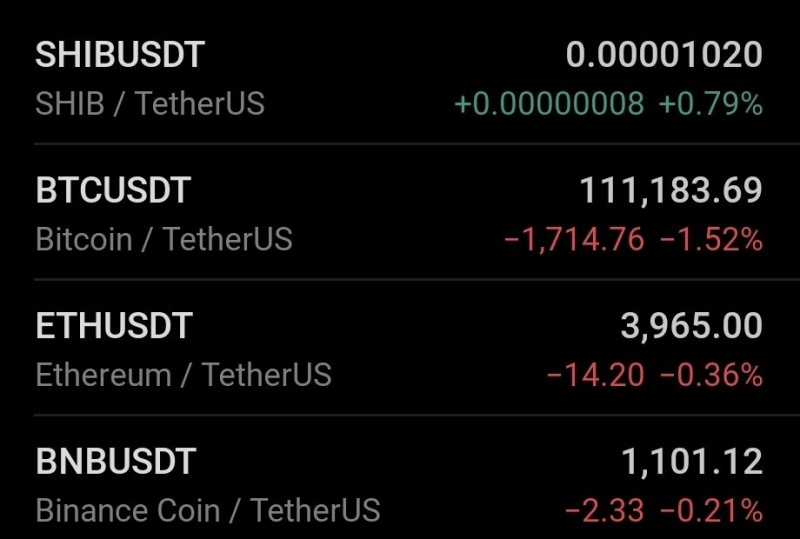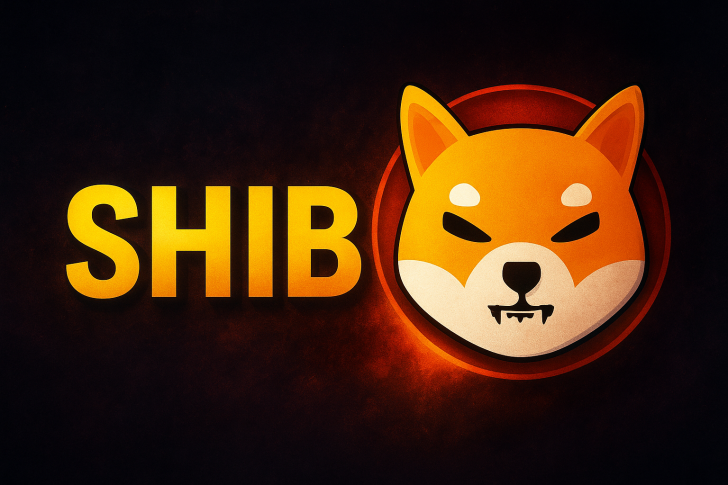In a rare display of resilience during a broader crypto downturn, Shiba Inu (SHIB) emerged as one of the few assets trading in positive territory. Market data shows SHIB/USDT climbed 0.79% to $0.00001020, even as Bitcoin (BTC), Ethereum (ETH), and Binance Coin (BNB) all posted declines.
Shiba Inu Defies the Downtrend Amid Market Sell-Off
The divergence is striking. Bitcoin dropped 1.52% to $111,183.69, Ethereum slipped 0.36% to $3,965.00, and BNB fell 0.21% to $1,101.12. Meanwhile, SHIB managed to stay in the green — a signal that caught the attention of retail traders watching for signs of a bottom.
According to trader $SHIB KNIGHT, "SHIB is green at this bloodbath. It means SHIB bottom is in. Only way is up."

The sentiment reflects growing confidence among community members who believe SHIB has found its footing and could be gearing up for a reversal.
Chart Analysis: Relative Strength Hints at a Bottom
SHIB's ability to hold above the critical $0.0000100 support zone is significant. This level has acted as a floor for weeks, and buyers seem to be defending it aggressively. When an asset shows strength while everything else bleeds, it often means accumulation is happening behind the scenes.
If the momentum holds, the next key resistance sits between $0.0000115 and $0.0000120. A break above that range could confirm the start of a short-term uptrend, with $0.0000135 as the next target.
Why SHIB Is Holding Up
A few factors might explain why Shiba Inu is weathering the storm better than its peers:
- Shibarium, the Layer-2 network built for SHIB, has been seeing increased transaction volume and growing wallet activity
- Ongoing token burn campaigns continue to chip away at supply, which supports long-term scarcity
- Retail interest remains strong — SHIB is still one of the most actively traded altcoins by volume
These developments suggest the ecosystem is maturing, even as broader market sentiment turns cautious.
Broader Context: Meme Coin Psychology
There's a pattern here worth noting. When Bitcoin and Ethereum struggle, retail traders often rotate into smaller-cap, higher-volatility plays like SHIB. The logic is simple: if the market bottoms soon, these assets tend to bounce harder. SHIB has led similar rallies before, especially when sentiment starts shifting from fear to cautious optimism.
 Sergey Diakov
Sergey Diakov

 Sergey Diakov
Sergey Diakov


